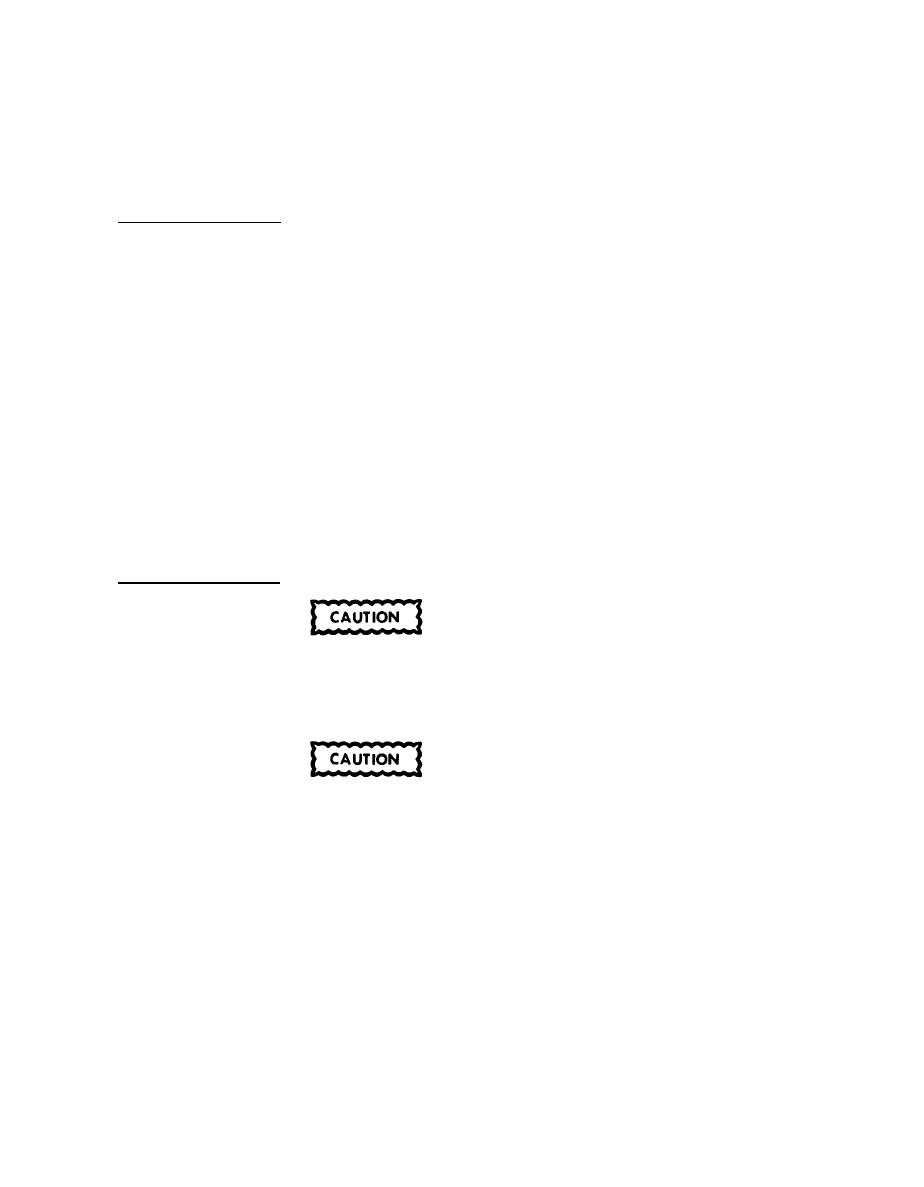

Custom Search
|
|

|
||
 monitoring for various needs the entire year, the shutdown of a complete
s y s t e m is impractical. H o w e v e r , there is usually the possibility to shut down
s e c t i o n s or individual lines of the system. When a shutdown involves
i n d i v i d u a l f a c i l i t i e s , i t is necessary to shut down the distribution piping to
t h e f a c i l i t y , n o t j u s t t h e f a c i l i t y , i f there is to be any significant energy
T h e heat loss of piping through radiation and convection result in
savings.
an energy loss of considerable measure.
4.1 Shutdown Procedure. Before shutting down the system, notify the steam
generating station and the steam consumers. T h e n continue with the following
shutdown procedure.
( a ) Slowly close main valves.
(b) Crack open manual vent val v e s to relieve the pressure. The time
required to bring down the pressure d e p e n d s on the amount of throttling of the
v e n t valves.
( c ) Check operation of steam traps. When the system steam pressure is
t o o low for proper operation of the traps, open the bypass valves for direct
drainage of the condensate.
Keep drai n and vent valves wide open to ensure the lines drain
(d)
properly.
(e) Keep drai n i n g equipment in service to eliminate any water resulting
f r o m i n f i l t r a t i o n in underground systems.
4 . 2 Shutdown of Piping.
Long lines which have been encased in a Gilsonite type moisture
b a r r i e r should be given consideration before shutdown. Shutdown
p r e s e n t s the possibility of cracking the barrier when the line
contracts.
W h e r e modifications have been made to the original configuration of
the system or where metering and other devices protrude from the
p i p i n g , shutdown may not be possible. Inspect entire line to
e n s u r e that, especially where clearances are minimal, contraction
w i l l not cause bending, damage, or breakage to piping and
protrusion.
Shutdown of steam distribution piping does not require any unusual methods.
A f t e r selecting the line to be shut down, c l o s e the valving to prevent steam
f r o m entering the line. A l l o w t h e l i n e t o c o o l , t h e n o p e n a l l d r a i n f i t t i n g s
R e p a i r or replace all valves,
i n the line to rid the line of condensate.
t r a p s , s t r a i n e r s , a n d other fittings that are known to be in need of
maintenance.
3-16
|
 |
|
 |
||